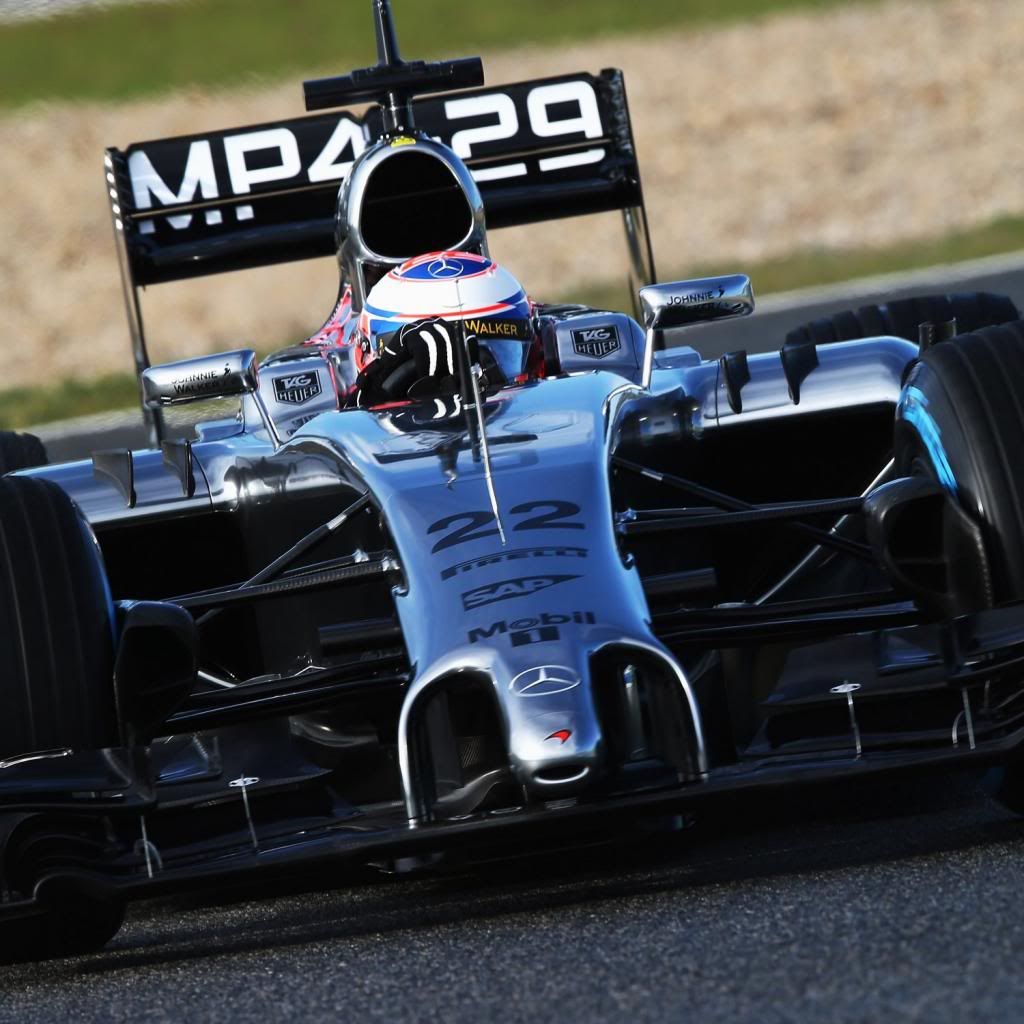Eeeh no you confuse me even more now.Ciro Pabón wrote: Well, what I mean is that the a-arms angle is shallower. It seems clear to me that for the same amount of vertical movement, the rotation the arms go through is smaller, got it? Also, the amount of camber change is smaller too (we discussed elsewhere how camber change in droop or bump influences grip).
I don't get why you talk about a-arms now. They can be tilted upwards, downwards or be parallel to the ground independent of push/pull rod.
Even if they had to rotate more just let them I don't see why this should reduce suspension travel.
Yes your pull rod has a shallower angle this causes higher forces inside them.For example, to get the same damper displacement for a given vertical displacement of your wheels, you have to build longer rockers. Am I wrong? Please, retro-feed, mech-guys. thanks.
Possible this easily outweights the gains from buckling (if they even exist).


